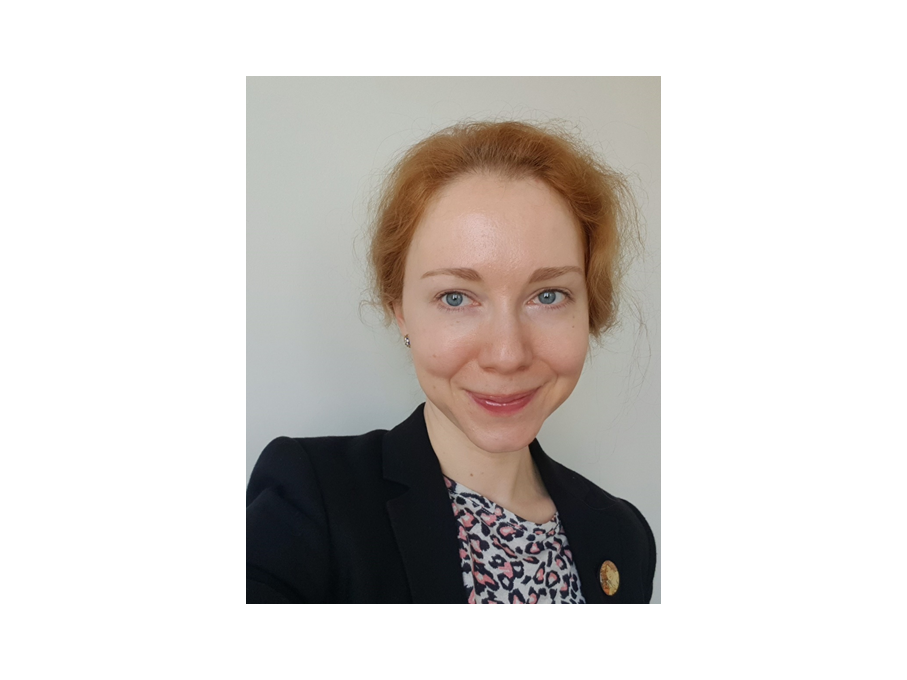Max Planck Institute of Quantum Optics (MPQ) & Ludwig Maximilian University of Munich (LMU)
Quantum Many-Body Systems Division
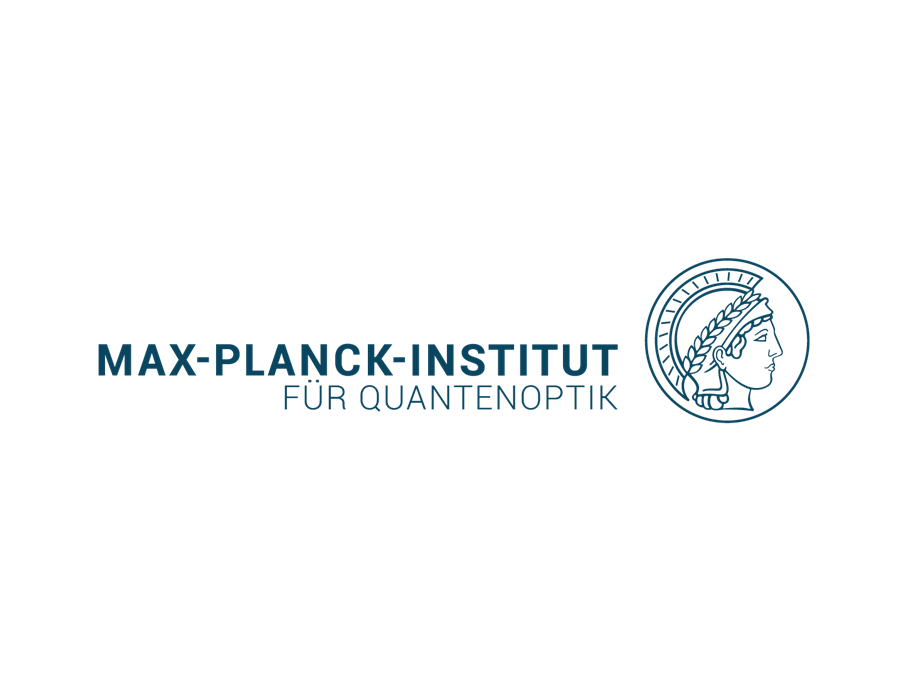
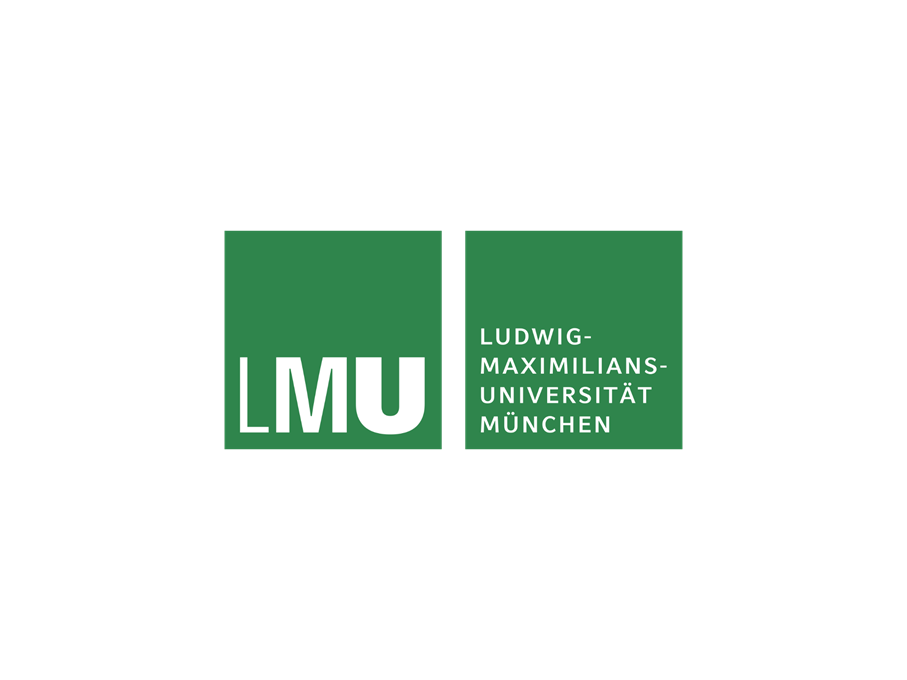
Role in the consortium
Our team is responsible for building a quantum processor based on bosonic strontium-88. Among our tasks is the integration of the various developments from the other partners of the MUNIQC-Atoms consortium.
What are the goals?
- Realize an array of strontium-88 atoms in optical lattices
- Demonstrate one- and two-qubit gate operations with high fidelity (>99.5%)
- Enable remote access to the neutral atom quantum processor
- Scale the number of qubits to more than 400
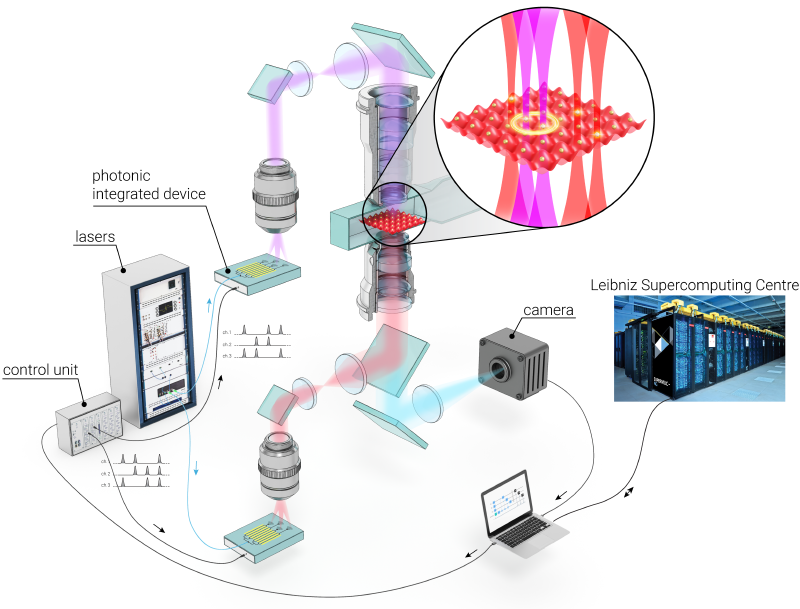
Open positions
If you are excited about quantum computing with neutral atoms and would like to develop cutting-edge technology – join us! We are hiring:
- Outstanding experimental physics PhD students with experience in atomic physics, laser optics, and electronics.
- Postdoctoral researchers with an atomic, molecular and optical (AMO) physics, precision measurement, or experimental quantum information background.
We currently offer positions with focus on different areas, including:
- Development, test, and implementation of integrated photonics devices for parallel atom addressing;
- Scalable quantum computing machines with compact vacuum system, integrating RF shielding technology;
- FPGA-based control of quantum gates;
- Addressing atoms with UV light for fast high-fidelity Rydberg excitations
You will work in an international team of highly skilled quantum scientists and quantum engineers. Your tasks will include
- Design, implementation and testing of components of a neutral atom quantum computer combining optics, electronics, vacuum, precision mechanics and software;
- Planning, collecting and analyzing data from experiments with ultracold atoms.
Team
Our team has extensive experience in quantum simulation with optical lattices, high-resolution imaging and single-atom addressing, optical atomic clocks with strontium atoms, as well as in techniques for optical storage of atoms, qubit manipulation, and control of Rydberg excitations.
In the past years, we have demonstrated several key building blocks required for the realization of the strontium quantum computer, such as quantum gas microscopy [1,2] and local control and manipulation of single atoms in optical lattices [3]. In addition, we have carried out pioneering work with Rydberg atoms in optical lattices [4], including adiabatic preparation of crystalline arrays.
[1] W. Bakr et al., A quantum gas microscope for detecting single atoms in a Hubbard-regime optical lattice. Nature 462, 74 (2009)
[2] J. Sherson et al., Single-atom-resolved fluorescence imaging of an atomic Mott insulator. Nature 467, 68 (2010)
[3] C. Weitenberg et al., Single-spin addressing in an atomic Mott insulator. Nature 471, 319 (2011)
[4] P. Schauß et al., Observation of spatially ordered structures in a two-dimensional Rydberg gas. Nature 491, 87 (2012)
Prof. Dr. Immanuel Bloch
Principal investigator
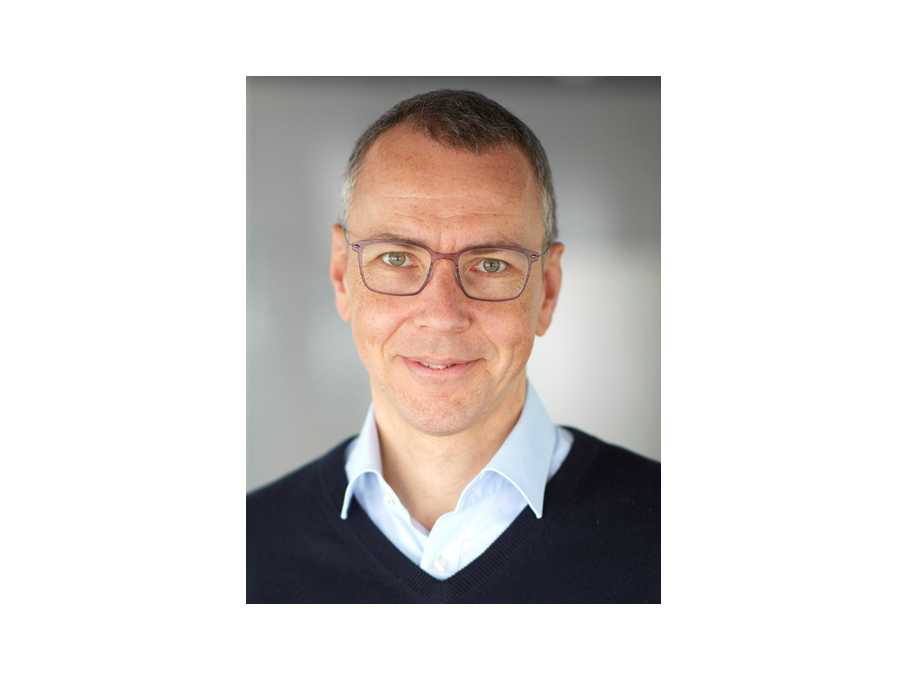
Immanuel is the director of the Quantum Many Body Physics division at the Max-Planck-Institute for Quantum Optics and leads the Quantum Optics Group in the Physics Department at Ludwig-Maximilians-Universität München. He is a pioneer in the field of quantum simulation based on neutral atoms in optical traps and optical lattices. His experimental work has been recognized by numerous awards.
Dr. Johannes Zeiher
Principal investigator
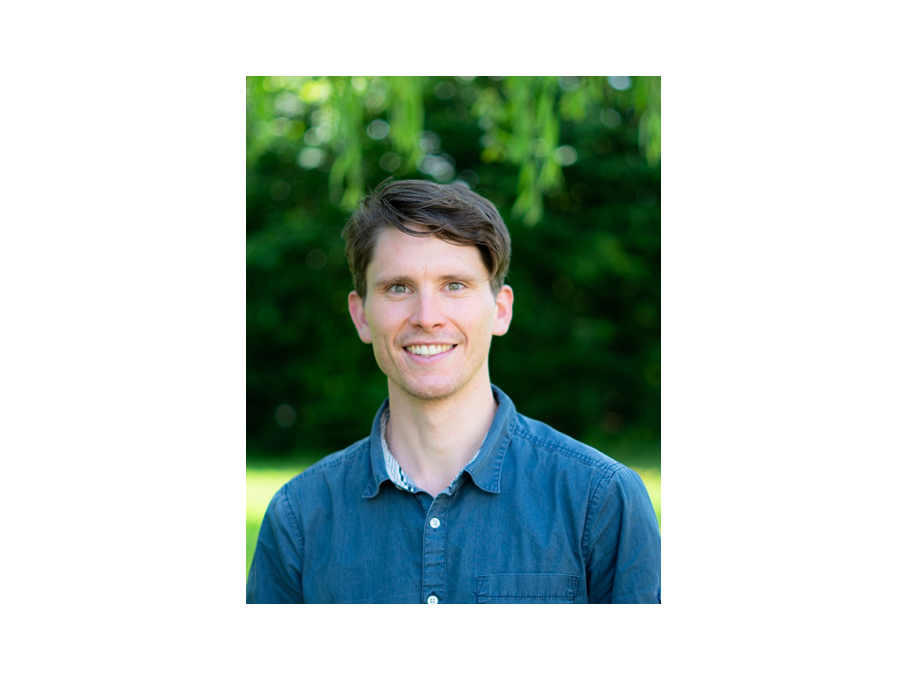
Johannes has started a new strontium experiment targeted at quantum simulation with Rydberg atoms. During his PhD, he worked with Rubidium Rydberg atoms at MPQ. For his Postdoc, Johannes went to UC Berkeley to work with Dan Stamper-Kurn on tweezer arrays in a high-finesse optical cavity.
Dr. Sebastian Blatt
Principal investigator

Sebastian brought his experience with strontium atomic clocks and high-resolution imaging of fermions to MPQ and leads the strontium lattice lab. Over the last six years, Sebastian and his team developed one of the foundational technologies for MQV Atoms: large mode-volume optical resonators that allow scaling our quantum computers to tens of thousands of qubits.
Dr. Andrea Alberti
Project leader

Andrea has several years of experience in the field of quantum control of neutral atoms in optical lattices. His experimental work covers quantum walks of single atoms in optical lattices, studies of topological phases in artificial materials, and fundamental tests of quantum mechanics. Andrea has been awarded the Rudolf Kaiser prize for testing macro-realism using individual Cs atoms.
Dr. Max Melchner
Postdoctoral Researcher

Max built a neutral atom quantum simulator to study kagome lattice physics and flat bands during his PhD. His main research interests are in the design and construction of next generation quantum simulators and quantum computers as a resource for future research and technological applications.
Dr. Lorenzo Festa
Postdoctoral Researcher
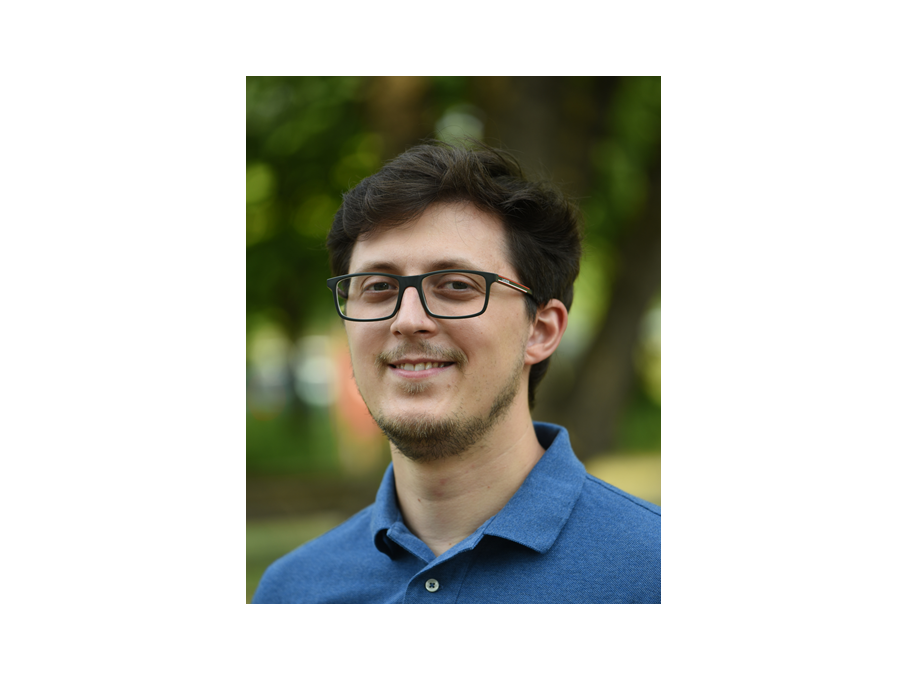
During his PhD, Lorenzo built a novel tweezer array experiment and investigated decoherence effects in Rydberg-mediated interactions between individually trapped atoms. Building on these results, he intends to push the current frontier in neutral atom quantum computing with the MQV-atoms machine and transfer quantum computing technology from academia to industry.
Dimitrios Tsevas
Doctoral Candidate

Dimitrios developed new Fourier optical methods for arbitrary and precise spatial shaping of laser beams while working on his master's thesis at the strontium cavity lab at MPQ. He is passionate about the design and implementation of precise control of atoms by light, which is essential for future quantum processors and simulators based on neutral atoms.
Robin Eberhard
Doctoral Candidate
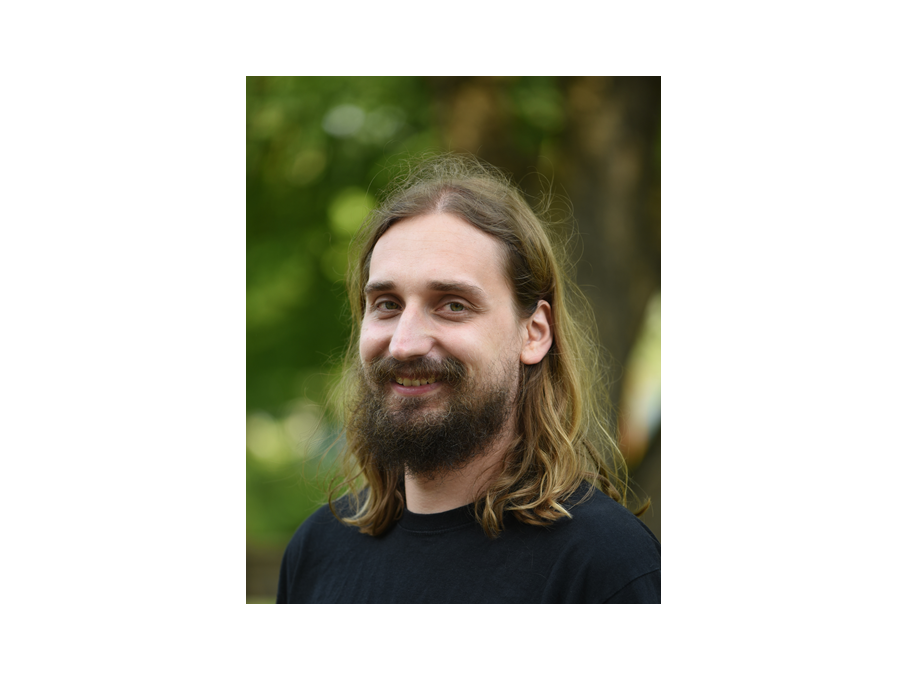
Robin has taken a keen interest in the field of quantum research, carrying out projects during his bachelor and master studies. For instance, during his master's project, he worked with the Christian Gross’s potassium experiment. Here, Robin investigated potassium in tweezers and developed a sorting system to move individual atoms around.
Zhao Zhang
Doctoral Candidate
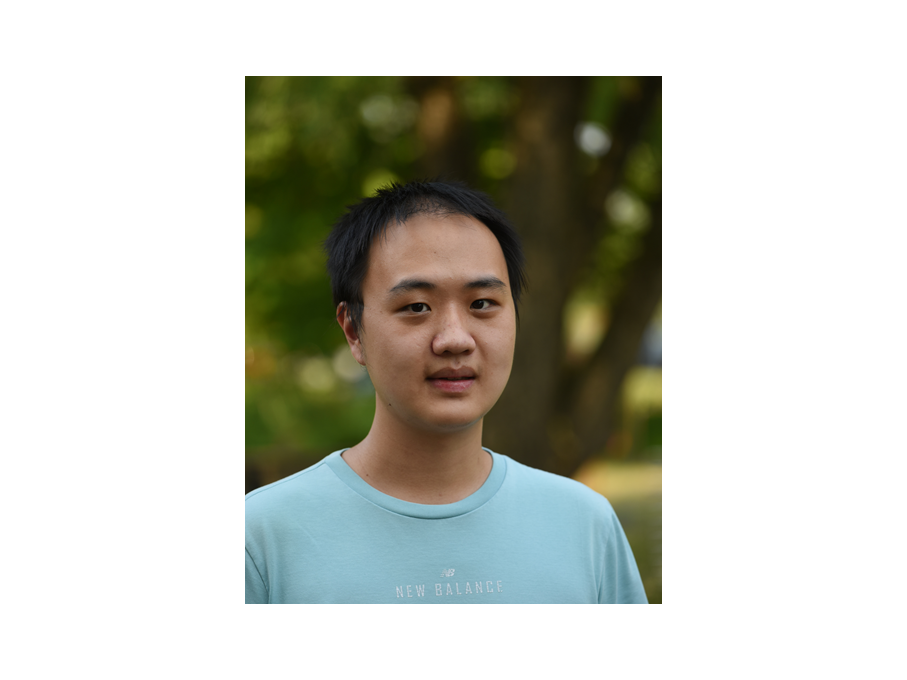
Zhao gathered experience in laser experiments and computational quantum physics during his bachelor and master studies. He is now developing several atom addressing schemes to realize high-precision quantum gates. He is also passionate about various interesting physics on the strontium machine, including error correction, NISQ and quantum simulations.
Kevin Mours
Doctoral Candidate
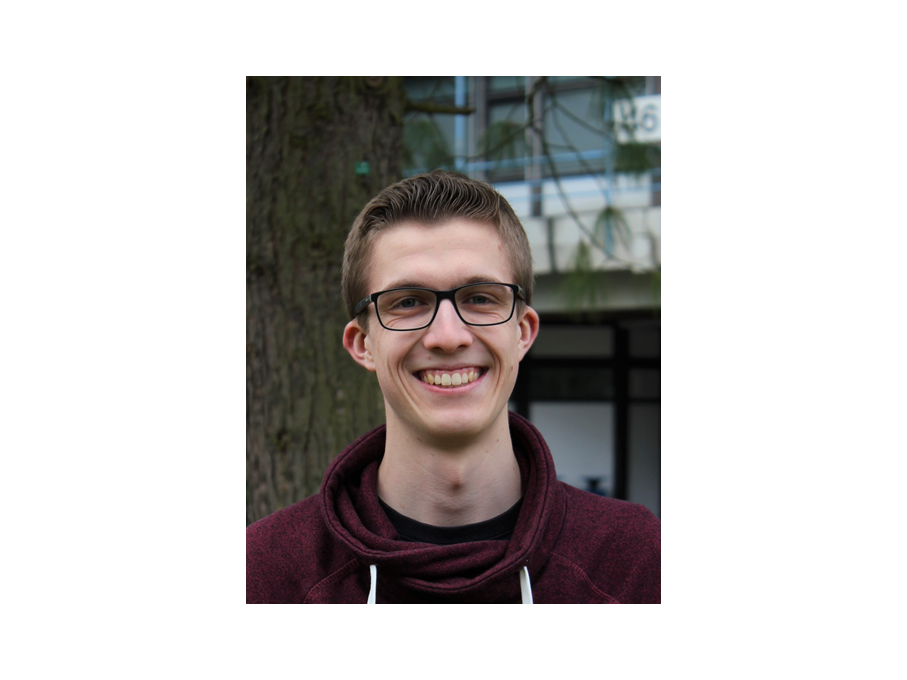
Ever since Kevin started doing research in physics he was interested in the world of ultracold atoms. He gathered first experiences working on single Cesium impurities immersed into an ultracold bath of Rubidium atoms during his bachelor thesis in Artur Widera's group. For his master's thesis he worked on trapped ensembles of ultracold Rubidium atoms in a high-finesse optical cavity in Dan Stamper-Kurn's group. He now wants to help pushing neutral atom quantum computing to its high-performance limits working on MQV-atoms machine.
Contact persons
Scientific questions and open positions:
Prof. Dr. Immanuel Bloch immanuel.bloch(at)mpq.mpg.de
Dr. Sebastian Blatt sebastian.blatt(at)mpq.mpg.de
Dr. Johannes Zeiher johannes.zeiher(at)mpq.mpg.de
Dr. Andrea Alberti andrea.alberti(at)mpq.mpg.de
Project managers
Dr. Yulia Borozdina
Bianca Lenhard

Funding acknowledgement
Sponsored by the Federal Ministry of Education and Research, grant numbers 13N16070 and 13N16076
